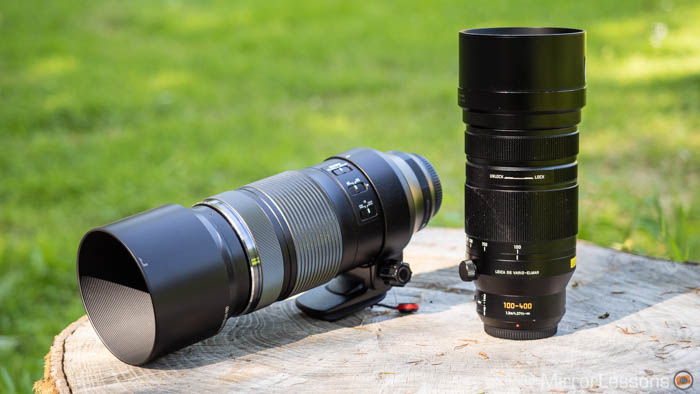I am not leaving Olympus. I will hold on till the last Olympus equipment I have bites the dust. Most likely by then I will no longer carry a interchangable lens camera.
Have been an Oly user for so long that those old timers that I know have moved on and I am still sitting pretty here. My prayer is that the New company manages to find a reasonable suitor for it. and We will not see an end to OM line of cameras. If those who have used the Oly cameras long enough, you know they announced the death of the 4/3 then and till today, there are still many carrying that E series around. and yes, miserable 5MP sensor but it's getting what is required.
Those who know me may remember me moaning and groaning about the camera's short comings. And believe me, it started from day 1 of buying into Oly. I could have moved to so many out there but I stick around because I see innovation and I see the short work flow in delivery of photos.
Back to the current day, there is a 7kg limitation in budget air travel and I think that is going to change for the worst. 1 camera body, 4 lenses (14mm to 600mm FOV), 2 batteries, a tripod, a day's change of clothes. I think that's about all you can carry. Not to forget that you have to take into consideration the weight of that trolley bag or backpack or sling or whatever. I seriously miss travelling, visiting places and photography.
Just a question, Do you use the Auto Gradation feature in Olympus cameras?
Have been an Oly user for so long that those old timers that I know have moved on and I am still sitting pretty here. My prayer is that the New company manages to find a reasonable suitor for it. and We will not see an end to OM line of cameras. If those who have used the Oly cameras long enough, you know they announced the death of the 4/3 then and till today, there are still many carrying that E series around. and yes, miserable 5MP sensor but it's getting what is required.
Those who know me may remember me moaning and groaning about the camera's short comings. And believe me, it started from day 1 of buying into Oly. I could have moved to so many out there but I stick around because I see innovation and I see the short work flow in delivery of photos.
Back to the current day, there is a 7kg limitation in budget air travel and I think that is going to change for the worst. 1 camera body, 4 lenses (14mm to 600mm FOV), 2 batteries, a tripod, a day's change of clothes. I think that's about all you can carry. Not to forget that you have to take into consideration the weight of that trolley bag or backpack or sling or whatever. I seriously miss travelling, visiting places and photography.
Just a question, Do you use the Auto Gradation feature in Olympus cameras?



